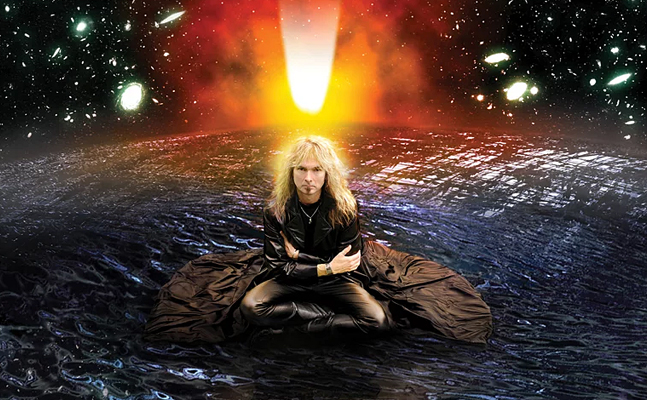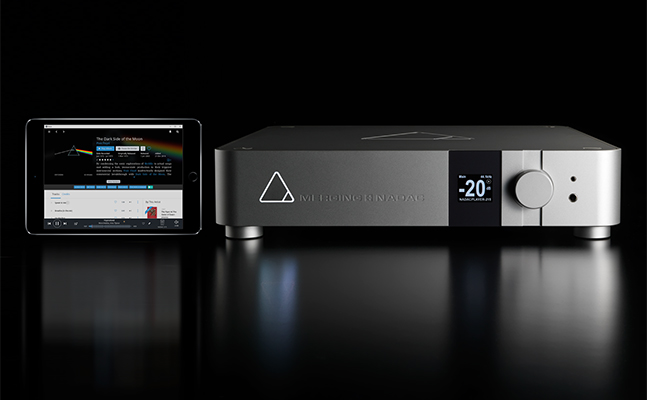La renaissance du vinyle
reportage chez Radio-Canada
en date du 20 mars 2009.
Un autre article interessant
dans le «The New York Times»
Another Spin for Vinyl
DURING his freshman year at Point Park University in Pittsburgh a couple years ago, James Acklin, now 20, felt lost among the social cliques on his new campus until he got to talking with a student who was in some of his classes. She seemed unusual, and it wasn’t just her look: thick-framed eyeglasses, bangs and vintage dresses. Then, one rainy day in February, the two skipped class and went to her apartment. As soon as she opened her door his instincts were confirmed: she had a turntable. So did he. They both spoke the language of vinyl.
Their bond was sealed as soon as she placed the stylus on an LP by the band Broken Social Scene, he said in an e-mail message. “There was this immediate mutual acknowledgment, like we both totally understood what we define ourselves by,” continued Mr. Acklin, who considers his turntable, a Technics model from the 1980s that belonged to an aunt, a prized possession. “It takes a special kind of person to appreciate pops and clicks and imperfections in their music.”
The ranks of vinyl devotees are growing. Lately, the anachronistic LP has experienced an unlikely spike in sales, decades after the mainstream music industry wrote off the format as obsolete. Major labels are expanding their vinyl offerings for the first time since they left records for dead nearly two decades ago, music executives said.
While the niche may still be small measured against overall sales of recorded music, the surge of interest in vinyl — and, particularly, its rising cachet among young listeners — is providing a rare glimmer of hope in a hemorrhaging industry.
“Even if the industry doesn’t do all that well going forward, we could really carve this out to be a nice profitable niche,” said Bill Gagnon, a senior vice president at EMI Catalog Marketing, who is in charge of vinyl releases. He said that people who buy vinyl nowadays are charmed by the format’s earthy authenticity.
“It’s almost a back-to-nature approach,” Mr. Gagnon said. “It’s the difference between growing your own vegetables and purchasing them frozen in the supermarket.”
The category virtually collapsed in the late 1980s with the advent of the compact disc. And despite the efforts of various subcultures of supporters — club D.J.’s, audiophiles, hardcore punks — to engineer a vinyl comeback, sales continued to wither as MP3s joined CDs as competition over the last decade. The industry had shipments of 3.4 million LPs and EPs in 1998 and just over 900,000 in 2006, according to the Recording Industry Association of America.
But shipments jumped about 37 percent in 2007, to nearly 1.3 million records. Three years ago Warner Bros. Records returned to the format when it opened becausesoundmatters.com, an online vinyl store stocked with reissues and new releases. At first, any vinyl release that sold 3,000 copies was considered a success, said Tom Biery, who oversees vinyl sales for the company. By comparison, the 2007 Wilco album, “Sky Blue Sky,” surpassed 14,000 copies.
Vinyl is suddenly chic, he said, even among people too young to have grown up with the familiar crackle of a needle carving through the grooves of an album. “I have friends who have younger kids — 13, 15 years old, even 10 — and all those kids want turntables,” he said. “Their parents are like: Wait a minute. What are you talking about?”
Mass-market retailers like Virgin Megastore and smaller record stores like Mondo Kim’s in Manhattan are devoting more floor space to the antiquarian 12-inch disc of late. Newbury Comics, a chain of 29 music and merchandise stores in New England, has sold 400 turntables since it started selling them in June, Duncan Browne, a company executive, said.
Despite the spike, records still represent a sliver of the music business as a whole. In 2007, for example, the industry shipped 511 million CDs. But given the declining interest in compact discs — those half-billion CDs represented a drop of more than 17 percent from the year before — any growth was welcome, executives said.
This year Capitol/EMI is in the process of reissuing its first substantial vinyl catalog in decades. Some of those albums, like “Pet Sounds” by the Beach Boys, are classic rock leviathans aimed at nostalgic baby boomers. But many are albums by contemporary artists, like Radiohead and Coldplay, who appeal to young music buyers, Mr. Gagnon said. Most are pressed on acoustically superior 180-gram vinyl, and many are packaged in gatefold jackets, so they can serve as collectors’ items for young fans who might also have the music in its digital form.
With music so abundant on the Internet, record label executives said they needed to make physical copies of albums stand out as desirable objects in order to get people to buy them. Vinyl albums are up to the task: they are exotic because of their novelty and retro allure, and more physically imposing than CDs. (And the 12.5-inch album sleeve is an ideal canvas for cover art.)
Deluxe editions are trophies of sorts for passionate fans, Mr. Biery said. In September, for example, Warner Bros. Records will release a new Metallica
album, “Death Magnetic,” in a five-record box version — each of 10 songs will get its own side — for about $115.



